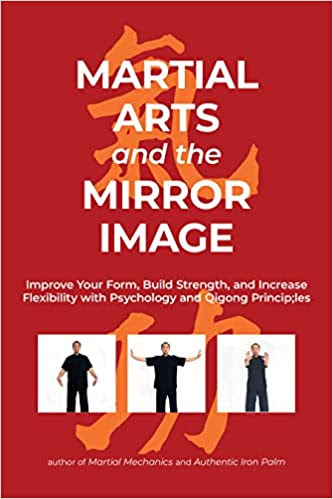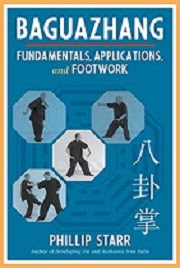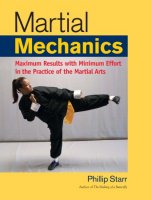by Phillip
Starr
We all
know (although it sometimes seems otherwise) that we have a brain.
It's a marvelously complex thing. If we could build a computer that
could do all that a brain does, the size of the machine would be
about the size of New Hampshire, even with the use of cutting-edge
technology. Our brains continuously collect data, store it, analyze
it, and use it to solve various kinds of problems. Is what we call
“mind” the same thing; our brains? I don't think so (I'm bound
to get many arguments about this, I know). The
brain is what I call the “conscious mind.” We're very much aware
of it, what it does, and to a large extent, how it does what it does.
But there is a separate thing; a “subconscious mind.” Some do
not believe in it although many do. We don't know where it's located
or how it does what it does, but the effects of it are easily seen.
It
never forgets anything that you've experienced – it even remembers
how many steps you took on your first day of your first job – and
whatever it believes to be true (for you), it will ensure that it IS
(or if necessary, becomes), in fact, true. Exactly how it does this
is unknown.
Your
mind gathers incoming data from your five senses and expresses itself
through your body. This is why the ancients told us that “body and
mind are one.” The body is an outward expression of the mind and
what it believes to be true (for you). As you see and believe
yourself to be, so you will be.
But
how does this impact our training? Actually, it impacts it in almost
every way possible. In so far as your forms are concerned, if your
mind believes that you are simply doing exercises, that's how you
will perform. On the other hand, if your mind believes you're
actually engaging in combat... And repeated “experiences” in
combat are extremely valuable. But you have to convince your mind
that it's real (your mind can't tell the difference between reality
and unreality unless you give it reason to do otherwise).

Remember
that your subconscious relies on your five senses to determine what's
going on. You must use them as best you can every time you perform
your form; you must, as realistically as you can, VISUALIZE your
opponents. But that's not enough to convince your mind that you're
engaged in a life-and-death struggle. You must strongly imagine
HEARING what would be happening – the shouts, grunts, yelps of
pain, and background noises (such as traffic, passers-by, and so
forth) as well – and imagine the SMELLS that would be involved
(sweat, blood has an odor, too...and the enemy's funky breath). You
can imagine the feel of striking him and deflecting his attacks,
which brings TOUCH into the picture. There's not a lot that you can
do for the sense of taste, but that's okay...4 out of 5 is plenty.

And
you can bring in other feelings as well. The knot in your gut when
you realize that you're about to get into a real fight... All of
these things help convince your mind that it's all real. When it's
over, your mind believes it and this helps your mind sharpen and
refine your technique.
Having
trouble performing a particular technique or form as it should be?
Want to improve it? Sit back, close your eyes, and watch a movie of
yourself doing it as you would like....be sure to utilize as many of
your five senses as possible. Hear the background noises, smell the
sweat of your classmates... Do this for 15 minutes each day. In a
short time, your subconscious will come to believe that what you're
experiencing is real. And it'll ensure that that's how you perform
at your next practice.








.jpg)
.jpg)




.jpg)










.jpg)








.jpg)
.jpg)









.jpg)


.jpg)
.jpg)

















